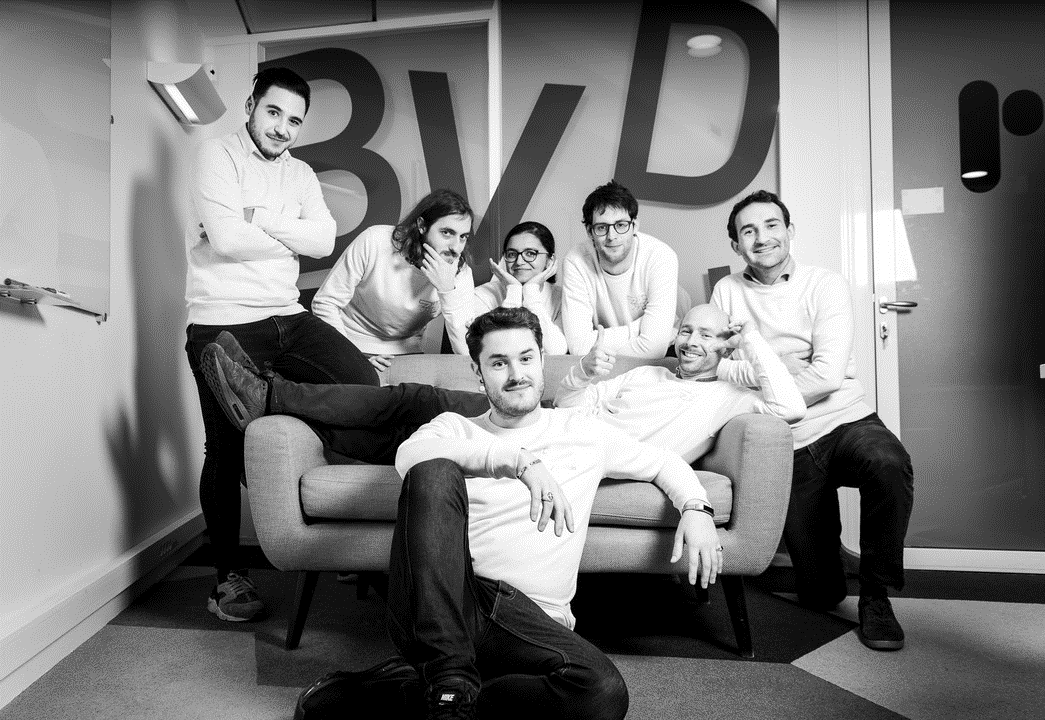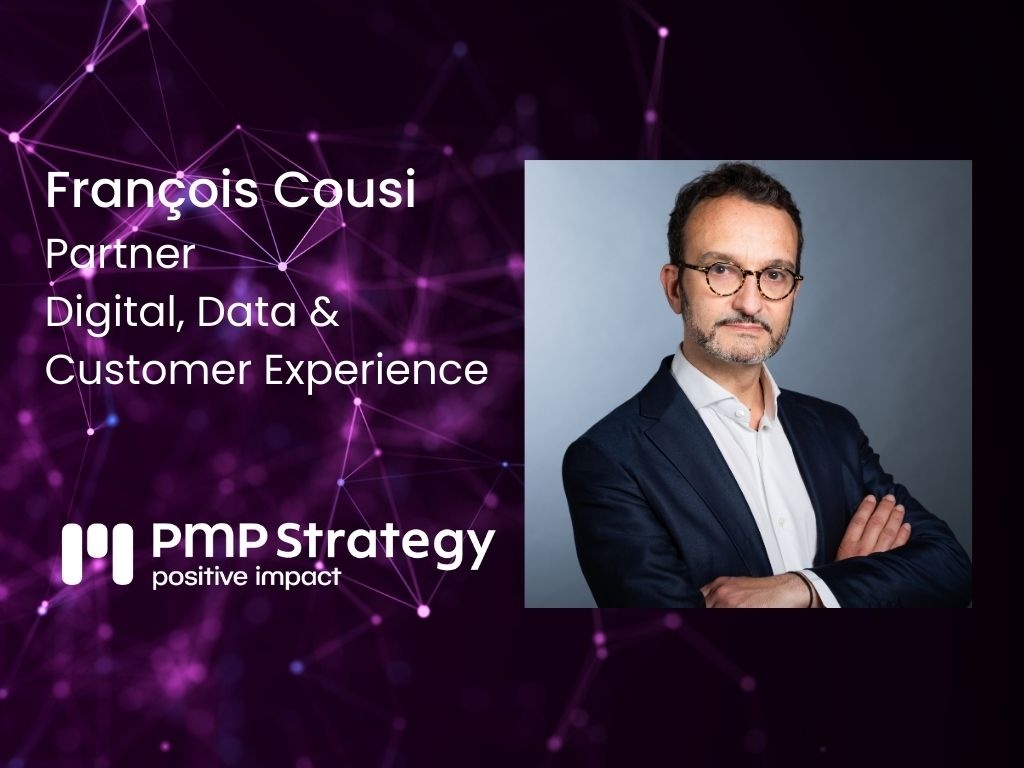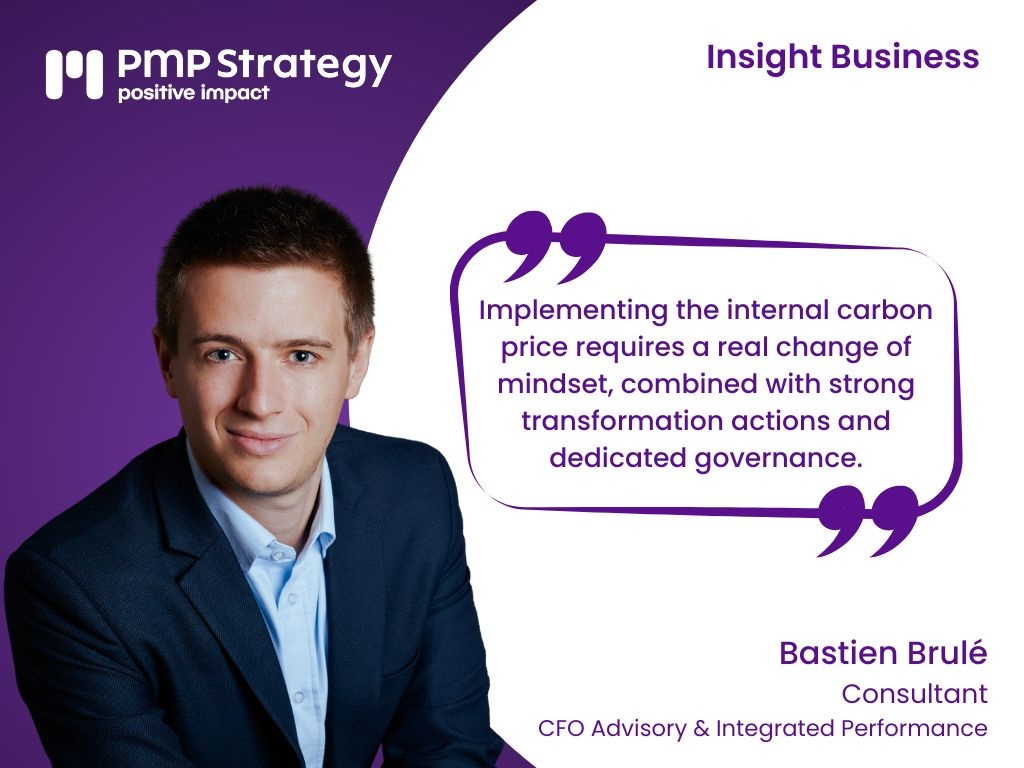How to build an effective partnership with a startup?
To always provide better recommendations in terms of strategy and transformation to its customers, PMP adapts to digital uses. The firm has been integrating data into its development for 18 months through:
- Its datalab,
- The implementation of innovative management methods
- · Bringing together the world of startups. On this last point, partnerships have been initiated with some of them.
The purpose of this article is to share the experience accumulated through these partnerships.
At the creation…
We must be aware that partnership is a vast exploratory field which requires learning. It is a human adventure that goes beyond a simple written agreement. “Describing the obligations of the parties” in a “contractual document” are the terms of a rigid lexical field which does not reflect the need for trust necessary for the creation of a partnership.
Even if it seems obvious, remember that a partnership implies a gain for EACH party. A trivial remark and yet experience has often shown that the partnership is self-centered. Stakeholders are often not very interested in the contribution for the partner: we brush the latter in the direction of the grain to achieve its own objective, either by taking advantage of a know-how or of a name that we does not have. But we must learn to build common projects through which everyone has the feeling of adding a step to their own history.
… and over the length
Partnerships are like marriages, with ups and downs. As in a couple, the natural passion of the beginnings will fade. And this all the more naturally as each company follows its own path outside the partnership. This state of affairs quickly leads to creating shifts in vision. Without maintaining proximity, there is a great risk that the relationship will gradually unravel, despite the achievement of common goals. You have to keep communicating and showing signs of desire even when you yourself are short of breath or preoccupied with other priorities.
For a history to be established over time, it is above all necessary to accept to give in the first stages rather than to receive. For example, we can open our contacts and networks to others without waiting for immediate compensation but rather to establish a feeling of accountability (gentlemen agreement).
You also have to understand the situation of the startup partner. Know the team and the product perfectly, be informed of successes, keep in mind your roadmap and objectives to anticipate divergences of vision or to guide new products to be developed.
Some pitfalls to avoid
I see 4 pitfalls when building a partnership, all linked to the human dimension of the subject:
1- The first, already mentioned: avoid restricting the partnership to a simple contractual document
2- Believe that the initiation of a partnership is a short process (a meeting, an email and presto!)
3- Imagine that the partner naturally shares the same corporate culture as yourself. Or worse: impose its culture on the partner rather than build a framework of common ideas.
4- Stay too long in the first stage of the relationship, not engaging, and create shortness of breath.
So how do you succeed?
Register in a long time
A wise strategy is to build the partnership brick by brick, focusing on the long term. The first sequences (working sessions, sharing of documents, realization of common demos) do not pose great challenges, but allow to get to know each other and to adjust the alignment of objectives. Once confidence is established, we can gradually propose more ambitious and more engaging projects.
Work on a common budget
The first key step, to be achieved as quickly as possible, is to obtain a common budget. A partnership without money is more complicated to set up, because it does not allow a real situation including situations of divergence and stress leading to the emergence of solidarity, or confrontation.
Be transparent
Once established, a successful partnership extends the value chain: between producer and distributor, between technology and business, between customers and products. Partners learn from each other and customers are better served by the complementarity of teams. However, there must be a part of overlapping skills to create the link between the partners. This link is for some the “we could do it ourselves …” which in this case breaks the chain. A partnership is also trust and transparency. Sharing everything when the partnership is still recent is a guarantee of the solidity of the long-term relationship: the complementarity becomes all the more obvious when it is considered by several.
Adapt engagement as you go
Partnership is a living relationship that evolves over time. At each new stage of development crossed, new rules must be added to maintain a partnership within, ie balanced. Always keep in mind that the distribution of forces can change: the little thumb can become a giant. In this case, proximity will be rewarded by the integration of the partner as a commercial ally.
Finally, while the partnership is born from a very particular and well-defined need, the success of its implementation will sometimes bring benefits far from the original concern thanks to the mutual respect built by the teams and the generation of new ones. ideas enabled by the climate of trust.
Olivier Leroy, DataStrategist, Lab32 PMP






